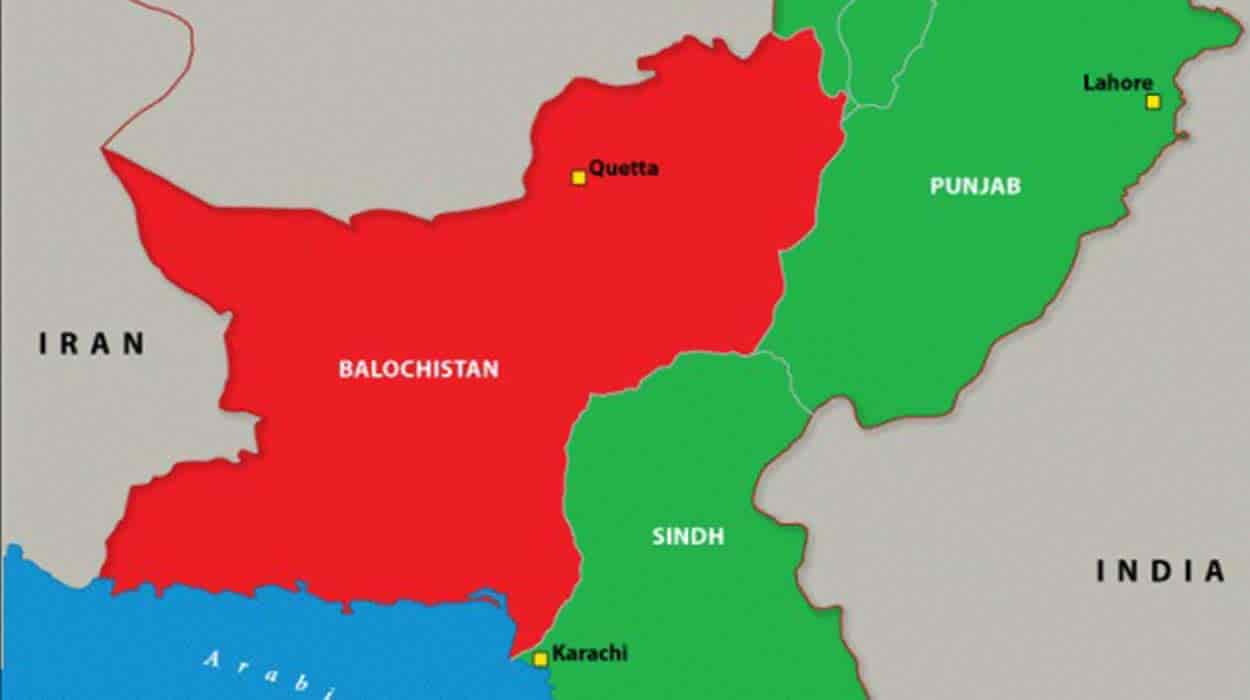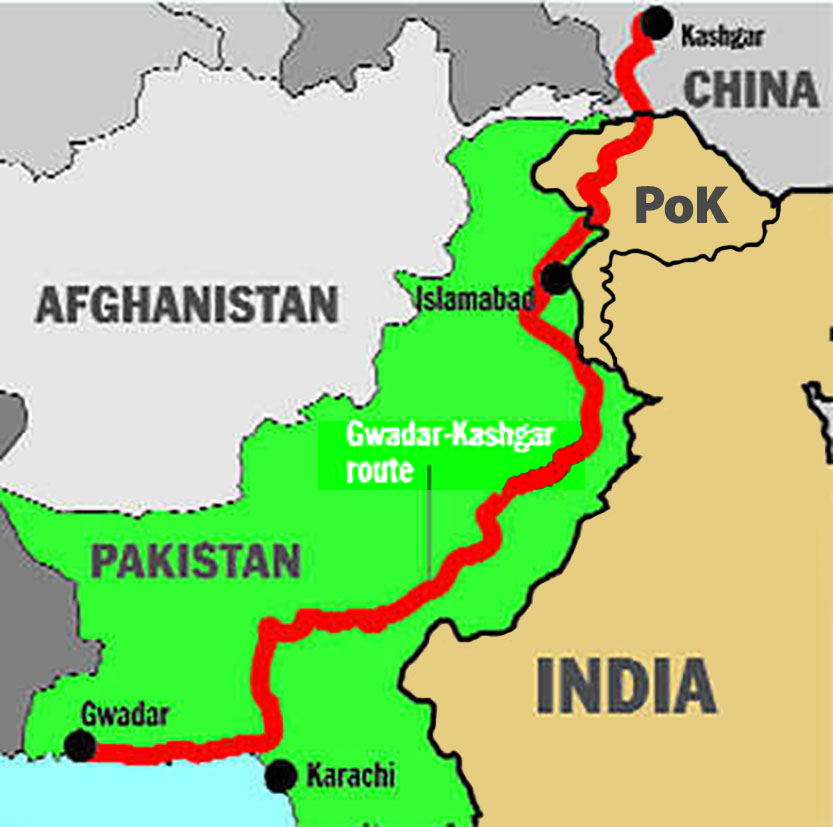Protests in Balochistan | 11 Dec 2021
Why in News
Over the last few weeks,there have been continuous protests in Gwadar, Balochistan against mega development plans of the port city as part of the China-Pakistan Economic Corridor.
- The protesters have sought to draw attention to marginalisation of the local people in the development of the port.
- Pakistan claims that India has been supporting these protests.
Key Points
- About Balochistan:
- Balochistan is one of the four provinces of Pakistan.
- It is least populated even though it is the largest province in terms of land size.
- It is populated in ethnic Baloch people which can be found in modern day Iran and Afghanistan though the majority of Baloch can be found in Balochistan.
- Balochistan is rich in natural gas and oil and is one of the most important regions of Pakistan.
- Uprising in Balochistan:
- During the withdrawal of the British from the Indian subcontinent, the Kingdom of Balochistan was offered the same offer, either to join India, join Pakistan or remain independent.
- The king of Balochistan chose to remain independent and it did remain independent for nearly a year.
- In the year 1948, the Pakistan government, with a combination of military and diplomacy, took control of the region and made it into a part of Pakistan.
- Due to lack of development and human rights violations in the region done by the Pakistan military and terror groups, the insurgency in Balochistan has been active since 1948.
- Pakistan claims that India has been supporting these rebel fighters with arms and intelligence.
- India’s Stand on Balochistan:
- India has long maintained a political stance of not interfering in the internal matters of Pakistan or any other country.
- Despite Pakistan repeatedly bringing up the Kashmir issue over the years, India had maintained silence on Balochistan.
- However, in 2016, remarks on Balochistan came in the immediate aftermath of the Independence Day celebration in Pakistan that was dedicated to the independence of Kashmir.
- India’s response was quick with India’s Prime Minister referring to atrocities of Baloch people in his Independence speech in 2016.
CPEC & India’s Concerns
- About CPEC:
- The CPEC is a bilateral project between Pakistan and China.
- It aims to link the Western part of China (Xinjiang province) to the Gwadar Port in Balochistan, Pakistan via Khunjerab Pass in the Northern Parts of Pakistan.
- It is intended to promote connectivity across Pakistan with a network of highways, railways, and pipelines accompanied by energy, industrial, and other infrastructure development projects.
- It will pave the way for China to access the Middle East and Africa from Gwadar Port, enabling China to access the Indian Ocean.
- CPEC is a part of the Belt and Road Initiative.
- India’s Concerns:
- Sovereignty Issue: Some of the proposed infrastructure that the Chinese have been developing for Pakistan are passing through the disputed region of Pakistan Occupied Kashmir (POK).
- India considers it to be a part of its own territory.
- Dual Purpose of Gwadar Port: India has been concerned about Gwadar, which gives China strategic access to the Arabian Sea and the Indian Ocean.
- It is not just being developed as a trade entrepot but as a dual purpose port for use by the Chinese Navy.
- It is part of String of pearls theory, under which China is building state of the art gigantic modern ports all along the Indian Ocean and to the south of it, in Gwadar (Pakistan), Chittagong (Bangladesh, Kyauk Phru (Myanmar) and Hambantota (Sri Lanka).
- The string of pearls is a strategic threat to India, as it aims to encircle India to establish Chinese dominance in the Indian Ocean.
- Sovereignty Issue: Some of the proposed infrastructure that the Chinese have been developing for Pakistan are passing through the disputed region of Pakistan Occupied Kashmir (POK).


